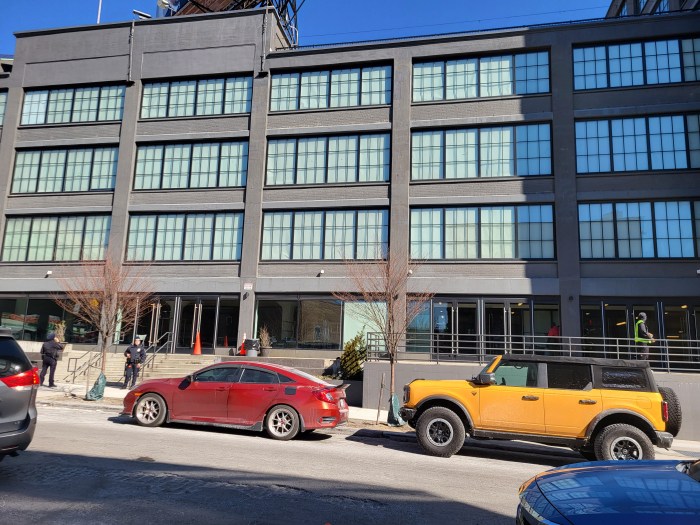As COVID-19 has transformed the way New Yorkers view normal life – having been compared to tragedies such as 9/11 and invoking war terminologies – services that move the economy have struggled to adapt in a world seizing up more by the day.
With the MTA continuing to serve a diminishing ridership in the greatest “liquidity crisis” of its history and TLC driver who was already on the edge being pushed further against the ropes, unexpected breakthroughs are happening for the world of transportation in the city and the state.
MTA Chair Pat Foye was reiterated in the March board meeting that the MTA would not consider raiding funds from the 2020-2024 capital plan to bring the transit system into the 21st century which includes the $6 billion phase 2 of the Second Avenue subway as well as other major projects.
But with the official number of MTA employees infected by the coronavirus reaching 52, the question still remains as to whether or not facemasks, gloves and other protective equipment will be delivered to transit workers on the ground.
Brooklyn Borough President Eric Adams with the Transport Workers Union Local 100 rallied asking for these items to be added other safety measures brought into the fold by the MTA.
“I want to thank Eric Adams for adding weight to our ongoing demand for masks for our Bus Operators and other frontline workers,” TWU Local 100 President Tony Utano said. “The rear-door boarding is a good safety measure in buses, but our members want masks as an added layer of protection and some peace of mind. Every safety precaution must be taken to protect the workforce or the MTA won’t have enough workers to run the service.”
After pushing for over a week to get federal funding to continue delivering for essential service workers during the crisis, politicians in Washington D.C. came through a surprisingly fast for just under the $4 billion in $25 billion nationwide transit agency bailout. The passage of the bill came through just after the MTA buckled on its intent to provide full service, no cutbacks, with ridership tanking across all agencies.
On March 24, Foye said subway and bus service would be cut 30 percent, almost equal to Saturday service.
About $3.8 billion from the federal bill will go to the MTA which comes close to $4 billion they projected to lose if the pandemic continued.
As for TLC drivers who were already in what was considered to many not only in a financial crisis but also an existential crisis, the endless roving through deserted city streets during the pandemic may be met with some relief.
The city now plans to put TLC drivers into service delivering food to homebound New Yorkers to pay them $15 an hour, which although the Taxi Workers Alliance believes it is only a start to put money in the pockets of drivers, there still needs to be benefits to the new kind of work.
“Given how much drivers are hurting, we’re thankful to see the TLC advocate for our members to have work and pay. As the city offers temporary, essential work during this crisis, all of that work – not only this program for drivers – should have hazard pay on top of hourly rates, safety training, and paid sick leave and treatment,” Bhairavi Desai, Executive Director, New York Taxi Workers Alliance, said. “I would just also say there is a sense of pride for drivers being on the frontline of essential services throughout this crisis and everyday life.”
The TWA in the last few years has asked for debt assistance from the city after inflated medallion prices and competition from ride-share apps has pushed taxi drivers to financial ruin. In 2018, medallion holder suicides were up and earlier in March, they were asking the city to negotiate loan relief with banks.
Governor Andrew Cuomo, as vehicular traffic on streets has come been reduced to a fraction, announced on Wednesday he would begin piloting street closures in the city to give residents more room for social distancing. This was after Cuomo mandated that the city relieve congestion of humans in parks which the governor railed against throughout the week.
“The plan is going to pilot closing streets in New York City because we have much less traffic… People want to walk, go out and get some air, you want a less dense area,” Cuomo said. “So pilot closing streets to cars and opening streets to pedestrians.”




































